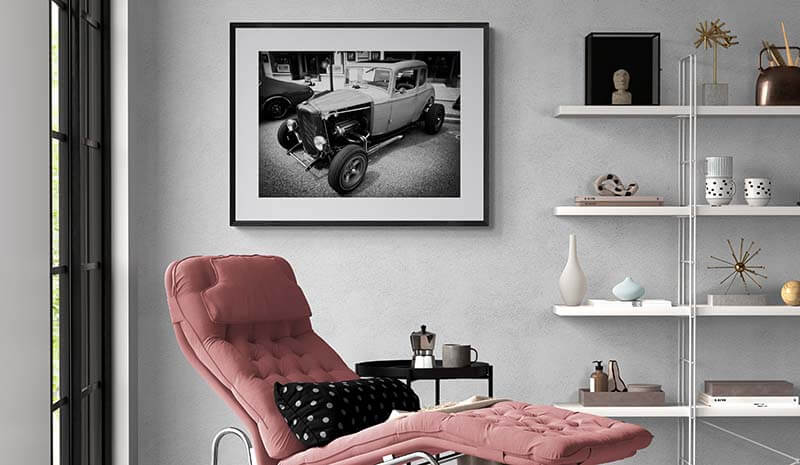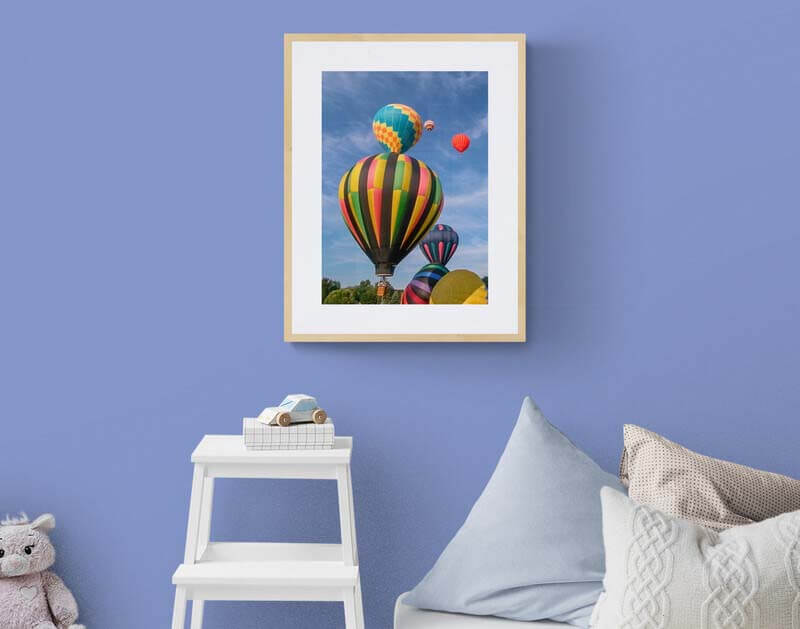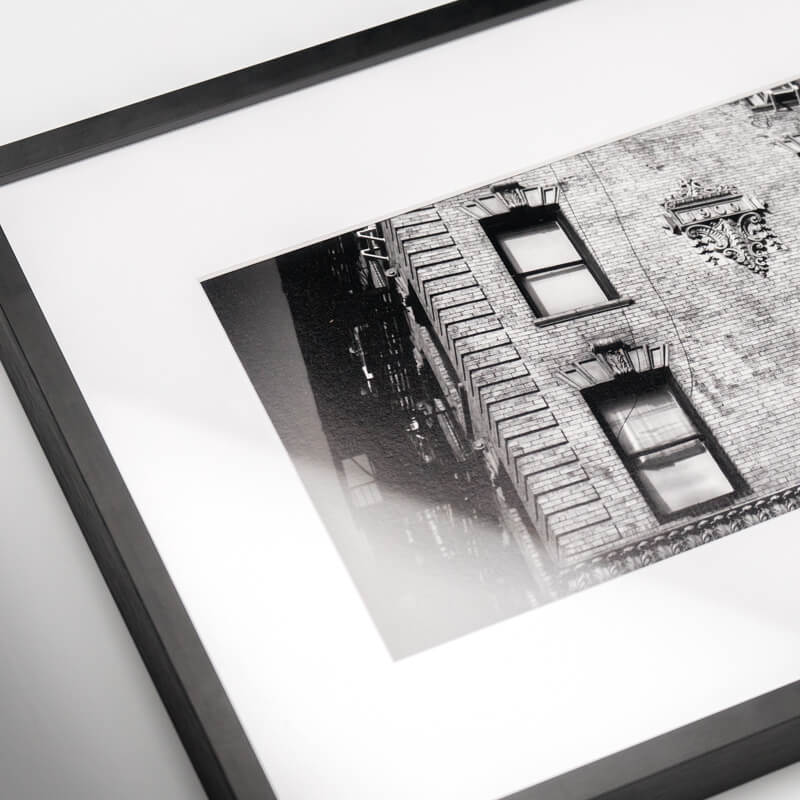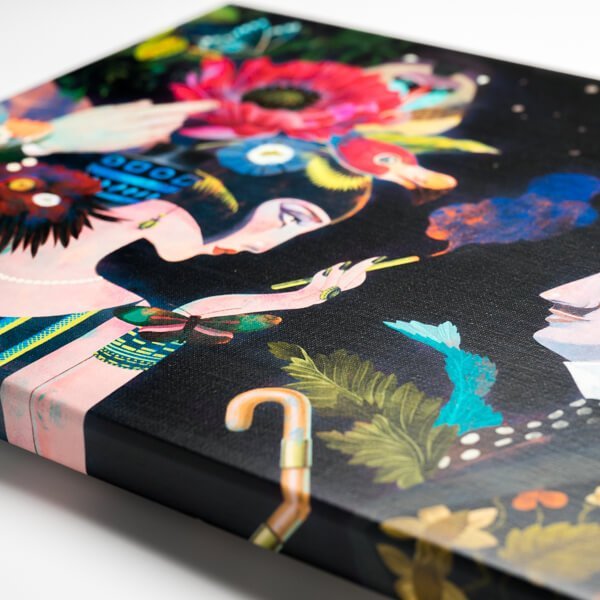
The passe-partout framing style, also known as matting or mat board framing, is a widely used technique for both displaying and preserving artwork, photographs, and other visual materials. This method features a mat board—a sturdy, acid-free material with a precisely cut window—to elegantly surround the artwork within a frame. Beyond enhancing presentation, passe-partout framing provides a protective barrier, preventing direct contact between the artwork and the glass, ensuring longevity and archival safety.

Classic Framing with Passe-Partout Style
Passe-partout framing is a timeless and popular choice among artists and photographers for displaying their work. The term passe-partout comes from French and refers to a mat board—a paper or cardboard sheet with a cutout window—that sits beneath the glass or, in modern framing, an acrylic sheet. This technique ensures that the fine art print or photograph remains separated from the glazing, preventing direct contact that could cause damage over time.
Beyond its protective function, passe-partout framing enhances the visual appeal of the artwork. The mat board is beveled to prevent unwanted shadows on the image, creating a clean and elegant presentation. For archival framing, acid-free mats are used to prevent mat burn—the brownish discoloration that can develop over time if inferior materials are used.

Why Passe-Partout Framing Stands Out
Passe-partout framing is widely favored for its unique combination of aesthetic appeal and preservation benefits. Here’s why it remains a popular choice:
-
Enhanced Visual Presentation – Adds depth and elegance, creating a polished, professional look.
-
Protection & Preservation – Prevents direct contact between the artwork and glazing, reducing the risk of damage.
-
Versatility & Customization – Available in various colors, thicknesses, and textures to complement different styles.
-
Focus & Attention – Directs the viewer’s eye toward the artwork, enhancing its impact.
-
Conservation & Display Standards – Acid-free mats ensure long-term protection against discoloration and degradation.
With countless customization options, passe-partout framing allows for creative expression while ensuring the longevity and beauty of your artwork.
The popularity of passe-partout framing can be attributed to its ability to enhance the presentation of artwork, provide protection and preservation, offer customization options, and adhere to conservation standards. It has become a favored choice for displaying art and photographs, both in professional settings and personal collections.



